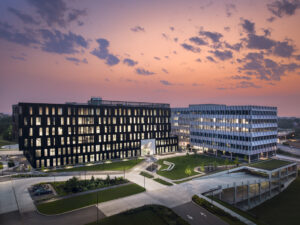Pixels Plus Plywood
UNIVERSITY OF CINCINNATI, TERREX, & MESSER CONSTRUCTION, DIGITAL FUTURES’ WOOD PANELS
←
To Creative Tenacity
Cincinnati, Ohio | Variable Panel Sizes
 Advised by GBBN, Terrex Development, Messer Construction, and University of Cincinnati, students compete to shape the interior core of UC's Digital Futures.
Advised by GBBN, Terrex Development, Messer Construction, and University of Cincinnati, students compete to shape the interior core of UC's Digital Futures.
As part of the design of University of Cincinnati’s (UC) Digital Futures, the project team engaged students from across UC in a week-long design sprint to generate ideas that would complete the facility’s interior design. The aim was to produce custom milled wood panels to wrap the core of Digital Futures. While generating excitement about the space, the process gave students a chance to shape the home of some of UC’s most transformative, interdisciplinary work while learning about the design and fabrication process.
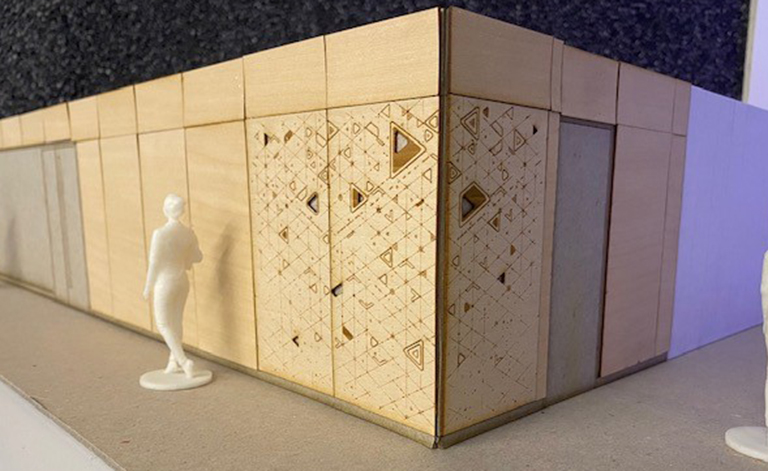 Students developed a model that illustrates the winning design on a small scale.
Students developed a model that illustrates the winning design on a small scale.
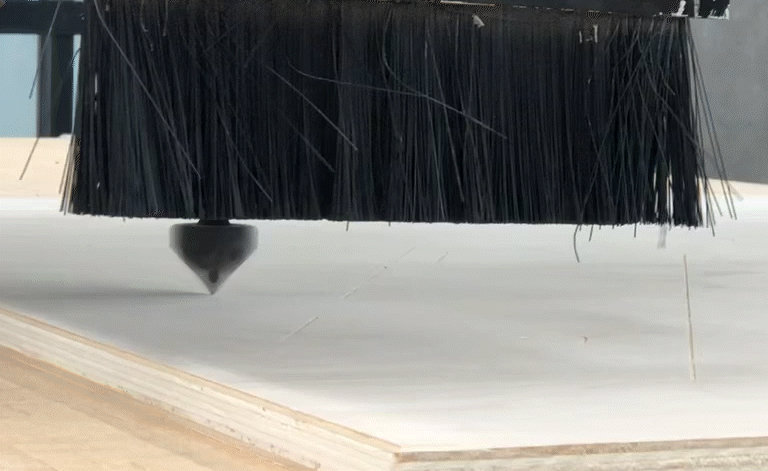 A CNC-router fabricates a full scale prototype of one panel to test the design's feasibility.
A CNC-router fabricates a full scale prototype of one panel to test the design's feasibility.
the process gave students a chance to shape the home of some of UC’s most transformative, interdisciplinary work
Equipped with an understanding of the program, context, material selection, and fabrication process, students were charged with expressing the character of digital technology. Advised by experts from GBBN’s Computational Design & Fabrication Program and faculty from UC’s 1819 Innovation Hub, four teams spent a week generating ideas, developing their design, and fabricating a prototype to test its feasibility and look. The process culminated with students presenting their designs to a panel of judges.
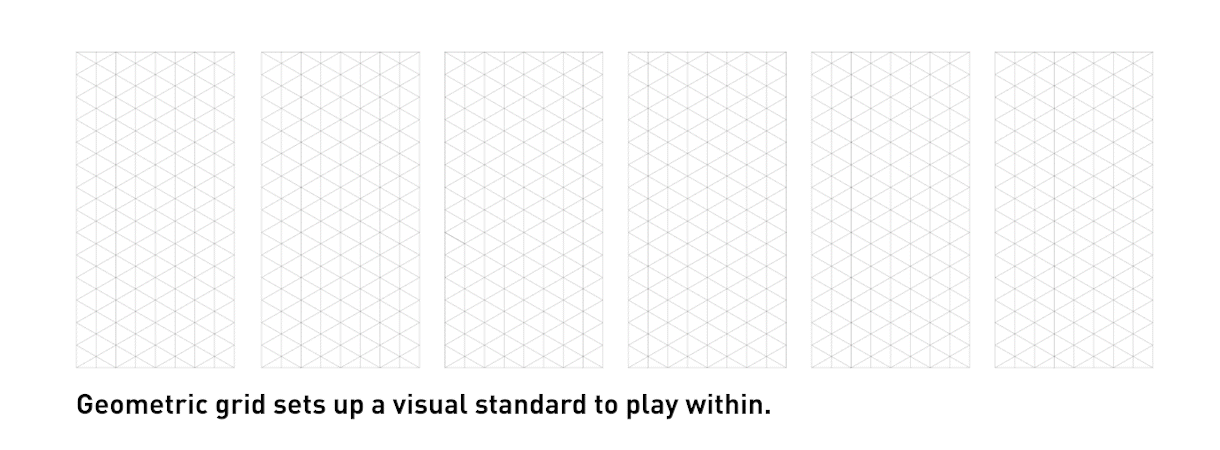
The resulting CNC-milled wood panels not only harmonize with the building’s raw yet refined palette, but their fabrication within the makerspace of UC’s 1819 Innovation Hub provided students with an intimate knowledge of the material processes through which a design idea is refined. This approach also created substantial financial savings for UC over comparable panel systems and, by keeping the production local (literally, across the street), saved on the carbon emissions associated with the transportation of building materials.
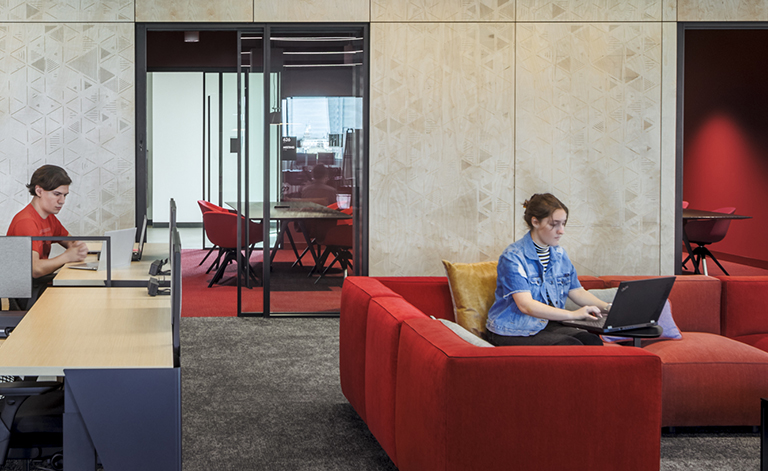 Like a heatmap, the density of the panels’ ornament varies according to the anticipated level of activity within a given area. It is most intense where people gather.
Like a heatmap, the density of the panels’ ornament varies according to the anticipated level of activity within a given area. It is most intense where people gather.
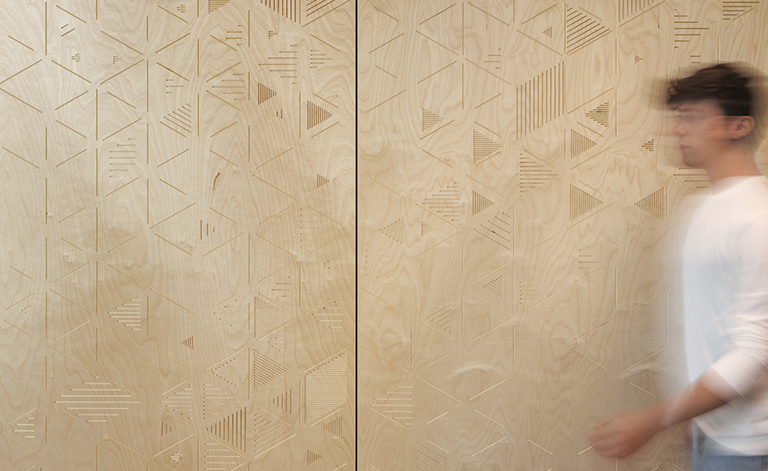 Raw yet refined, the panels reinforce the look of Digital Futures.
Raw yet refined, the panels reinforce the look of Digital Futures.
The winning concept was developed by a team of architecture and design students, Josh Maddux, Jodokus Sieverding, and Ethan Wahl.
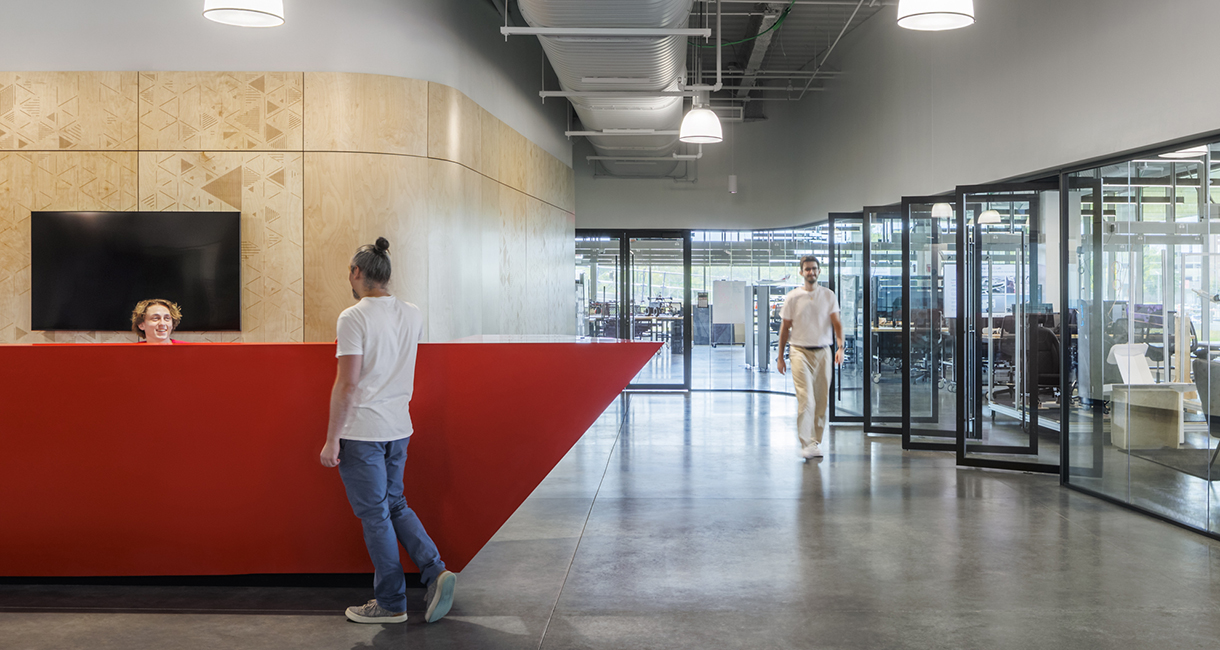 Given the rotating research teams that Digital Futures hosts, the design embraces abstraction. The pattern aims to inspire curiosity and wonder without referring to any specific subject matter.
Given the rotating research teams that Digital Futures hosts, the design embraces abstraction. The pattern aims to inspire curiosity and wonder without referring to any specific subject matter.
-
News




